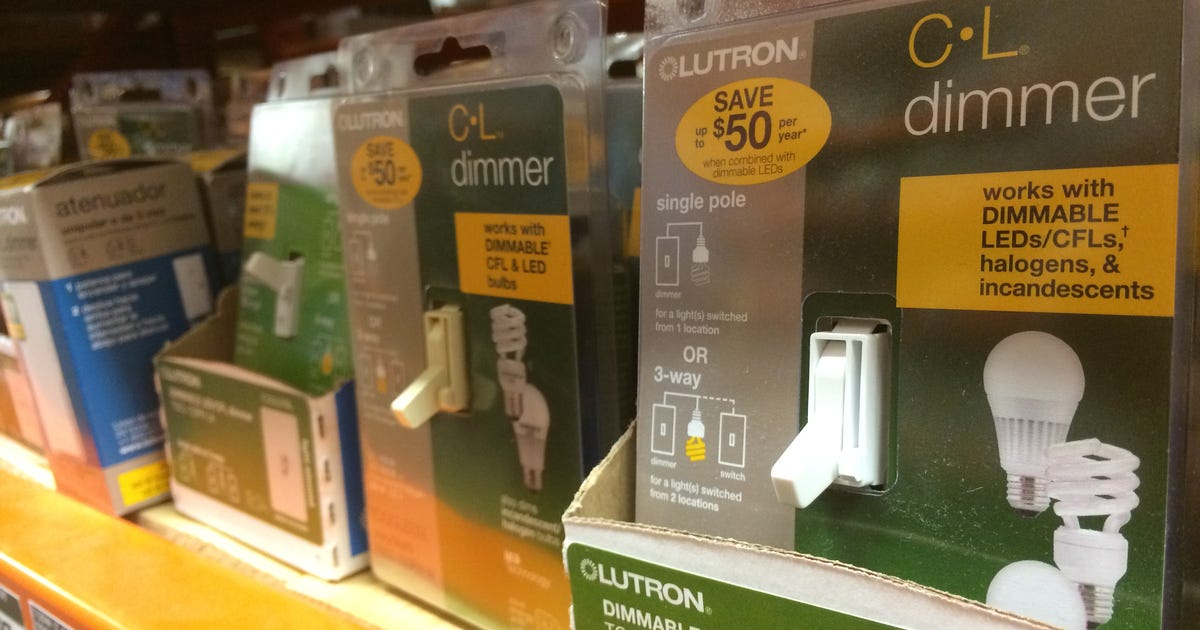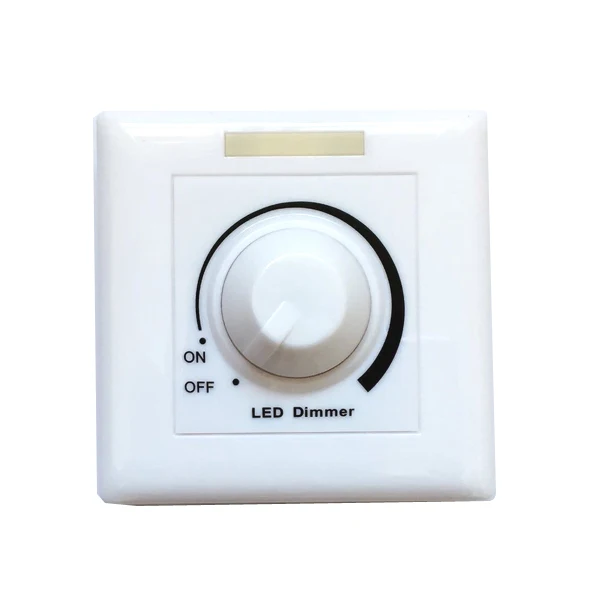

- Which dimmer for led lights driver#
- Which dimmer for led lights full#
- Which dimmer for led lights plus#
PWM works by using the exact amount of electrical current the LED requires. Although it actually ends up making the light flicker, it's so fast that the human eye doesn't notice. Pulse-width modulation (PWM) dimming works by turning the LED on and off at a very high speed. There is pulse-width modulation (PWM) dimming and constant current reduction (CCR) Each type has its own pros and cons. There are two main in ways in which we dim LEDs.
Which dimmer for led lights driver#
Sometimes dimming an LED can cause the driver to lose efficiency, which could lead to it not doing its job well in protecting the LED lamp. As we discussed in our article on LED drivers, LEDs require a driver to convert AC power into the DC power the LEDs need, and it keeps the power coming consistently, offering protection from power surges that could cause the LEDs to overheat and fail. For example, if you slide a dimmer almost half way before the light itself actually begins to dim, that would be explained as a 50% "dead travel" for that dimmer.Īnd another potential issue to keep in mind is what the dimming may do the LED driver.

Other potential LED dimming problems can also be flickering - either constant or sporadic - and an issue called "dead travel," which is the amount you can change the control before the light itself also changes.
Which dimmer for led lights full#
It may suddenly "pop on" to its full illumination. A similar issue can arise when you start to raise the brightness of the LED lamp from dimming. This is when as the LED dims closer to its maximum percentage, it completely turns off. One known potential problem with dimming an LED is "drop out". That means you really have to do your research to make sure you're getting the appropriate dimming percentage you need for your project.Īdditionally, even though an LED is dimmable, it may still have some issues. One potential issue with dimmable LEDs is that unlike traditional incandescent bulbs that almost always can dim down to about 1%, LED lamps have a much larger range - anywhere from 5% to 20% - that varies between manufacturers. And consumers also want the same ability they had with incandescent bulbs to make the light in their home what they want. This can be very important in business and office environments where owners and managers want the ability to set the light brightness to the visual needs of their employees. Being able to dim an LED lamp gives you the flexibility to set the mood for the situation you are in. Over time, that can add up to a lot of savings!Īnother benefit of dimmable LED lights is what they bring to the environment in terms of ambiance. It creates less heat and therfore less stress on the lamp's components.
Which dimmer for led lights plus#
Plus dimming an LED lamp will allow you to possibly extend it's already long lifespan even further. So if you can dim an LED lamp to 50%, that means it will only need to use about 50% of the energy it would normally need to illuminate. First and foremost, being able to dim an LED lamp offers additional energy savings at about a 1:1 ratio.

There are quite a few positive benefits that a dimmable LED lamp can bring. Here's a look at how dimming in LED lamps works and some options that are available. Shop Dimmable Lighting Products Now - Select the "Dimmable" filter in the left column It can greatly shorten the life of the lamp. You never want to use a non-dimmable LED with a dimmer. Or, check with the manufacturer to make sure the dimmable LED you are using have a dimming design. Overall, it's always important to make sure to read the packaging.

However, even dimmable LED lamps that say they are designed to dim might not work with certain dimmers. One of the advantages of LED lights is that depending on how they are configured, they can be dimmed.


 0 kommentar(er)
0 kommentar(er)
